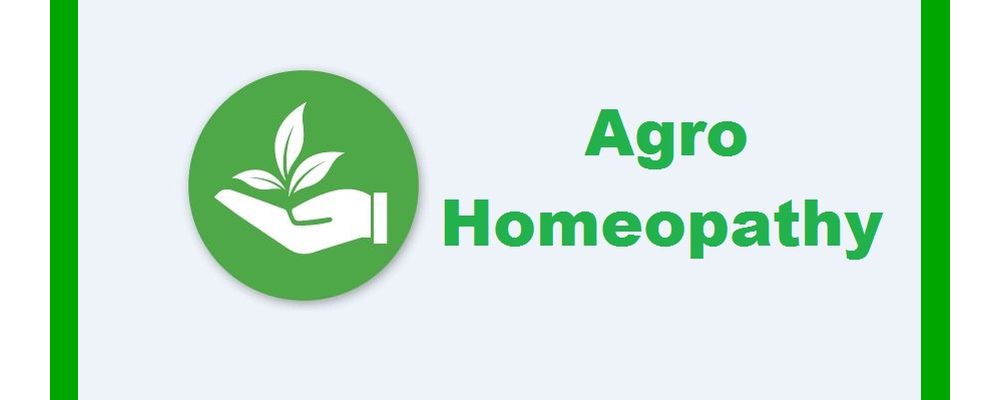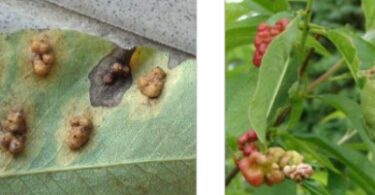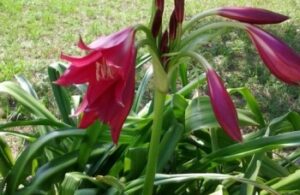Editor’s note: “JT potency” (Jenichen /Tichavsky) is a centesimal dilution followed by 500 succussions or five hundred continuous turns with a wooden stick to the right and 500 turns to the left (if handling larger volumes). The JT potency frequently has a better reaction in plants and it is very important in preparation of live bionosodes.
Dear Dr. Tichavsky,
I live in Buffalo New York 14221. Rainfall is 180 inches for the year and temperature is moderate. I am having. a real problem with voles inhabiting my raised beds. In the fall I planted garlic and onions only to have voles eating the roots of the bulbs. Also, although my soil seems very rich, I see very few worms. How would you suggest addressing my voles?
Thank you,
Rodney
Dr. Radko Tichavsky:
Dear Rodney,
Voles (e.g. Microtus arvalis) feed mainly on roots and only occasionally on worms. The strategy to deter voles is to apply fox urine (you can buy it on the internet) prepared at 3 JT potency. You can alternate it with Mentha 3 JT (prepared from peppermint essential oil).
There are some other remedies used to repel voles such as Capsicum 2 JT (made from the TM of hot chilli peppers e.g. Habanero), Eucalyptus and Cedar essential oils prepared to 3 JT potency and Ricinus communis oil 3 JT. The applications should be repeated after the rains.
Hello Dr. Tichavsky,
Here in Prince Edward Island in Canada we’ve had a problem with Potato Wart in our tubers. It’s apparently a fungal disease called Synchytrium endobioticum. Is there anything in holohomeopathy that might help? The climate is mild due to the Gulf of St. Lawrence. The mailing code is C1N.
Thank you
Barry Kline
Dr. Radko Tichavsky:
Dear Barry,
The first option to consider would be to implement cultivars of potatoes resistant to this fungal disease e.g. Kufri Kanchar, Kufri Sherpa, or Kufri Jyoti.
Synchytrium endobioticum spores are extremely resistant and they can survive in the soil for many years, even decades and even survive the composting process (so it is not recommended to use the infected remains in compost and it is better to burn them).
It is important to alternate the cultivation of potatoes with other crops resistant to this fungus: wheat, barley, rye and maize, peas, beans, lentils and soya beans, carrots, beets, turnips, broccoli, cabbage, cauliflower and mustard are not susceptible to Synchytrium endobioticum and help to break the reproductive cycle of the pathogen.
As for homeopathic remedies you can use Symphytum officinalis 3 JT (made from hydroalcoholic tincture of the roots of this plant) alternated with live bionosode of Bacillus amyloliquefasciens, a beneficial bacterium with strong antagonism to Synchytrium endobioticum.
The most common source of Bacillus amyloliquefasciens is the roots of Hedera Helix. Prepare a live bionosode in potency 3 JT (all made in water) and apply every two weeks for two months.
Greetings Dr. Tichavsky,
We have a small plot in Shreveport, Louisiana (Zip 71109) for growing sugar cane. An infection with gummosis has interfered with the crop. Can a holistic, non chemical approach work with this? Shreveport, LA is generally mild and pleasant for most of the year. The area experiences We have hot summers of up to 90°F (32°C) and mild winters where temperatures go down to 40°F (4°C). Winters are dry and sunny. Average rainfall is 46 inches a year.
Thank you
Shirley
Dr. Radko Tichavsky:
Dear Shirley,
Gummosis on sugar cane is caused by Ceratocystis paradoxa sometimes in conjunction with Fusarium spp. You can control it with Piper nigrum 3 JT. Crush black pepper seeds as finely as possible, add 70% ethyl alcohol in a 1:10 ratio and process for 30 minutes in an ultrasonic bath, and leave to rest for 12 hours.
This will increase the presence of piperine, an alkaloid with antibacterial and fungal properties active against Ceratocystis paradoxa. Apply at 3 JT potency every two weeks on all in the wet season and at the beginning of cane establishment. After cutting the cane you can apply Boswellia sacra, made from hydroalcoholic TM from its resin (Catholic frankincense), emulsified in water at potency 3 JT.
Dear Dr. Tichavsky,
We have a small orange grove in Murdock, Florida (33938). Citrus black spot is troublesome. It is a citrus disease caused by the fungus Phyllosticta citricarpa. The climate in Murdock fluctuates between 88.9°F and 76.5°F. July us the same as June. August average temperature goes up to 90.1°F. We’d like a non-toxic approach to this.
Thank you
George Hamptom
Dr. Radko Tichavsky:
Dear George,
The first option in the fight against Phyllosticta citricarpa is the application of foliar inoculants of Trichoderma harzianum and Trichoderma viride, beneficial fungi that compete with the pathogenic fungus for space and nutrients, inhibiting its development.
Live bionosodes of Bacillus subtilis, Bacillus megaterium, Bacillus pumilus and Bacillus licheniformis, all present in the gel of Aloe vera leaves and produce antibiotics and hydrolytic enzymes that inhibit the growth of P. citricarpa. They are applied as preventive foliar sprays.
You extract some Aloe vera gel (from the inside of the leaves), liquefy it in non-chlorinated water and dynamize at 3 JT potency and they apply this remedy on the leaves and fruits every two to three weeks.
You can alternate this remedy with Trametes versicolor, a wood-decaying fungus. Prepare an alcoholic mother tincture, let it extract for two weeks and dynamise at 3 JT potency on leaves and fruits.
Multiple enzymes of the T.versicolor act against Phyllosticta citricarpa: Lignin peroxidase degrades the cell wall of phytopathogenic fungi, which weakens them. Mn-peroxidase acts as an antioxidant protecting plants from oxidative damage caused by the pathogen.
Laccase degrades toxins produced by P. citricarpa and metabolise their secondary metabolites. Cellulase degrades the cellulose in the pathogen’s cell wall and makes it easier for other enzymes to attack it.
Proteases hydrolyze the proteins of P. citricarpa and reduce its ability to colonise and infect plants. Xylanase degrade the polysaccharides in the wall of the pathogenic fungus, it weakens it and hinders its survival. Applications can be made to leaves and fruit once a month or up to twice a month, depending on need.
Greetings Dr. Tichavsky,
We planted cucumbers last summer and they developed green mottling on the fruit, and some plants collapsed. We researched this and discovered that it was caused by Cucumber Green Mottle Mosaic Virus, genus Tobamovirus. Is there some way to prevent a recurrence of this next year? We live in Lubbock, Texas, (79401). The climate is hot and dry during the summer months, with temperatures reaching an average high of 90°F and an average low of 62°F. Winters are mild with lows near 38°F on average and highs near 64°F. Lubbock gets 20 inches of rain on average, per year. Does holohomeopathy have an approach to this?
Thank you
Theresa
Dr. Radko Tichavsky:
Dear Teresa,
The most important thing is to reduce nitrogen inputs to the plants as they produce soft tissues that are accessible to sucking insects (e.g. whitefly, aphids and thrips) that transmit viruses.
The application of Calcarea carbonica 6 CH will help harden the surface of the leaves and make it more difficult for them to penetrate.
To combat the viral infection you can apply Curcuma longa 3 JT, made from the rhizomes and also alternate it with Zingiber officinale 3 JT, also made from the rhizomes. Foliarly you can apply sodium bicarbonate and vitamin C, dynamized to 2 JT potency to raise the pH at the leaf surface which slows down the replication of the CGMMV virus.
Salicylic acid 3 JT (made from hydroalcoholic TM of Salix babylonica twigs) induces resistance against viruses by activating signaling pathways leading to antiviral gene expression.
Application of Azadirachta indica 3 JT (made from neem tree essential oil) and Allium sativum 3 JT (made from garlic TM) will help to keep insect vectors at bay.
BOOKS ON HOLOHOMEOPATHY
Many readers asked about Dr. Radko Tichavsky’s books. Below is a photo of them. They are available in Spanish, Italian and Portuguese. For ordering or information: [email protected]

New Video from Dr. Radko Tichavsky!
In this video, renowned Agrohomeopath Dr. Radko Tichavsky explains Holohomeopathy, the more advanced method of agrohomeopathy: https://youtu.be/GUUoO6Lt-U8 (English subtitles)






